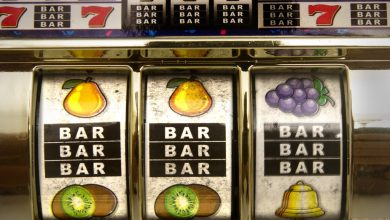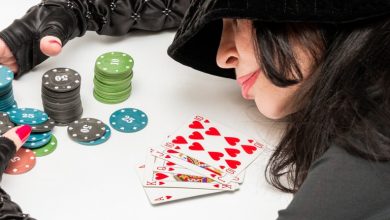Baccarat Strategy: How to Give Yourself the Best Odds
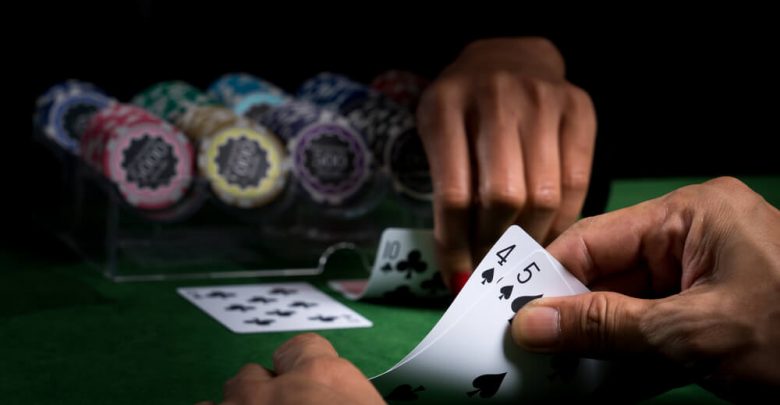
Legend traces the aristocratic casino card game baccarat back to a fairy tale. And like many fairy tales, it’s poetic as it is gruesome.
In the tale, attributed to the Etruscans of ancient Italy, a virgin was required to roll a nine-sided die. (Apologies to fans of geometry, but this story does predate the invention of science!)
If she rolled an eight or a nine, she would reign as a high priestess. If she rolled a six or seven, she would be excluded from public affairs but allowed to remain in the community. If she rolled below a six, she would be condemned to death at sea.
Who wants those odds, right?
Flash forward two thousand years, give or take. A 15th-Century Italian named Felix Falguiere invented a card game called “Baccara” (Italian for “zero,” the value assigned to face cards in the game).
Four dealers would lay down cards, with each player attempting to build a hand as close as possible to a “Nine.” Along the way, they could bet on or against the dealer … or each other.
Baccara hooked a star enthusiast in 15th-Century French monarch Charles XIII, and baccarat caught on in the King’s court. Thus began baccarat’s many centuries as a fixture in patrician drawing rooms and the VIP rooms of upscale casinos.
As online gambling takes the world by storm, baccarat is no longer just for the rich. Players all over the world can wager on it from their computer or mobile device.
This guide will give you a high-level look at baccarat, including:
- How the game is played, including multiple versions.
- What strategy to avoid.
- What strategy gives you the best odds.
- What betting strategies to consider.
- How to handle your bankroll.
But first … Baccarat and James Bond

If the fictional super-spy James Bond is your hero, you could pay tribute in a number of ways. One might be to order your martini “shaken, not stirred” (which any bartender will tell you results in a watered-down martini … but who cares, as it’s fun to say).
Another way might be to take up baccarat.
Baccarat had caught fire with the British aristocracy long before wealthy heir Ian Fleming sat down to write his first novel, Casino Royale, in the middle of the 21st Century.
The book, released in 1953, introduced the world to Agent 007 and pitted him against the villain “Le Chiffre” in a climactic game of Baccarat Chemin de Fer at the titular casino. Baccarat became James Bond’s signature came across no fewer than twelve novels and numerous short stories.
Bond’s passion for baccarat made the jump to the movies, referenced in Dr. No (1962, featuring Sean Connery as Bond), Thunderball (1965, Connery again), On Her Majesty’s Secret Service (1969, George Lazenby), and GoldenEye (1995, Pierce Brosnan).
When Daniel Craig stepped into the role for the 2006 adaptation of Casino Royale itself, baccarat was changed to No Limit Hold’Em in the set-piece game with Le Chiffre. Hold’Em may be more popular than baccarat these days … but for shame, Hollywood!
The Basics of Baccarat: How to Play
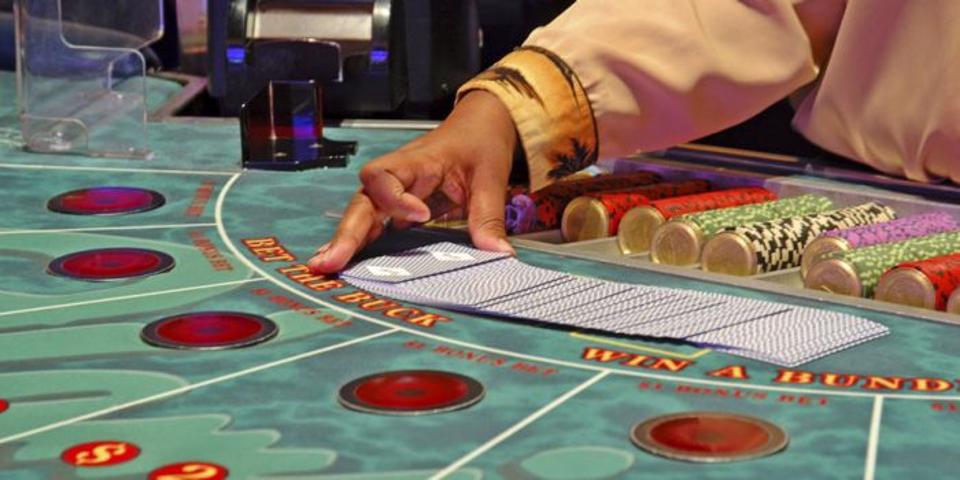
Modern baccarat no longer has four dealers. There is only one, also called the “Banker.” In a casino, the Banker is a casino employee and represents the “house.” The role of dealer does not move from player to player.
The game is played with a deck or shoe of decks containing the 52 standard cards. Casino baccarat tables typically field 6-8 decks in a shoe.
The values of each card are as follows:
- Face card (Jack, Queen, King): 0
- Ace: 1
- Numeral card: Face value, 2-9
For each player, the Banker deals two cards to the player and two to him/herself. Since baccarat is usually played around a large oval table, the banker traditionally distributes and collects the cards with the help of a wooden palette, resembling a spatula with an extra-long scoop.
Players place their bets, and the cards are dealt face up. Hands are not kept secret—each player knows where they stand as soon as the cards are dealt.
If neither hand shows a “Natural” (see below), the player’s hand must be completed first, and then the Banker’s hand is completed afterward. Depending on the value of the cards dealt, the player and the Banker might be required to “hit” (receive a third card) or “stand” (receive no more cards).
The hitting and standing rules are as follows:
A player must hit on a value of 5 or below, and stand on a value of 6 or above.
If the player stands, the Banker will then hit on a value of 6 or below, and stand on a value of 7 or above.
If the player hits, the banker will hit under the following circumstances:
- The Banker shows a hand value of 0, 1, or 2.
- The Banker shows a 3 and the player was dealt a card with a value lower than 8.
- The Banker shows a 4 and the player’s hit card was 2 through 7.
- The Banker shows a 5 and the player’s hit card was 4 through 7.
- The Banker shows a 6 and the player’s hit card was 6 through 7.
Whether the player or the Banker (i.e. the house) wins the hand depends on which hand is closest to a value of 9 once both the Banker and the player stand. Therefore:
- 7 would beat 6 or below.
- 8 would beat 7 or below.
- 9 would beat everything.
If the first two cards dealt in either the player’s or the Banker’s hand adds up to 8 or 9, this is called a “Natural 8” or a “Natural 9.”
Natural 8 is also sometimes called “Le Petit” (French for “the little one”), while a Natural 9 is sometimes called “Le Grand” (“the big one”). If a Natural is dealt, that’s the end of the hand; no more cards are dealt.
Now let’s add a wrinkle to the gameplay … if the deal surpasses 9 at any point, i.e. double digits of 10 or higher, the hand reverts to the value of the one’s place only.
For example, suppose a player is dealt a three of diamonds and a Jack of clubs. The value of her hand is 3 (3+0).
Less than 6 is a hit, so the Banker deals another card—an ace of spades. The value of the hand is now 4 (3+0+1).
If, however, instead of the ace, the Banker deals a nine of spades, 3+0+9=12. The hand is now a value of 2, the value of the one’s place in its actual value. A hand like this is most likely to lose.
If the Banker deals a seven of diamonds and an eight of diamonds as the first two cards in a hand, 7+8 = 15. The value of the hand is a 5 (one’s place) which is a hit.
If the hit reveals a four of clubs, 5+4 = 19, the value is 9 (one’s place) and it’s guaranteed to win or tie.
If, instead, the hit reveals a six of clubs, 5+6 = 11. The value of the hand is 1 (one’s place) and likely to lose.
The Banker deals himself a fresh hand for each player. Players do not compete against the same banker hand.
How to Bet in Baccarat
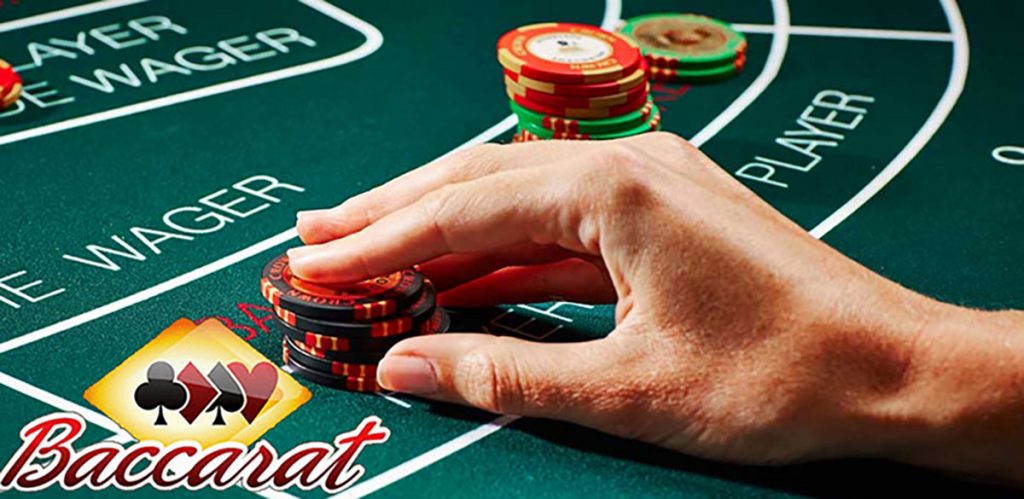
It wouldn’t be a casino game without the opportunity to wager on the outcome. As you can see, there are three possible outcomes of each baccarat match-up:
- A player win.
- A Banker win.
- A tie.
Players at the Baccarat table can bet on the outcome of any Banker/player match-up, on either side. Players can even bet on the Banker to win for their own hands, making Baccarat a unique game where players can win money by betting on themselves to lose.
The minimum wager is typically $100 (or 100 units of the applicable currency). The payouts are as follows:
- 95% or +95 if you win a wager on the Banker to win. $100 would become $195.
- 100% or +100 if you win a wager on the player to win. $100 would become $200.
- 800% or 8-to-1 if you win a wager on a tie. $100 would become $800.
If you wager and lose, your bet goes to the house.
This most-popular version of baccarat is also called Baccarat Punto Banco.
The Baccarat Bet to Avoid…
8-to-1 odds! The sweet Siren’s song of temptation … who wouldn’t want to multiply their money 800% with a single deal of the cards? Besides, 8 is a lucky number! Why not bet on the tie and try to win big?
Time for a wake-up call… seasoned baccarat players call the tie bet the “sucker’s bet.” A tie is the most unlikely outcome … which is why the odds are so long. Only 9.52% of baccarat deals result in a tie.
It’s a big leap of superstition to think that an unlikely outcome will become more likely just because the odds are set to a lucky number.
It gets worse. If against all odds, a tie does come up, the dealer may call out “Press, Change, or Rearrange!” This is your opportunity to “Press,” or let your windfall ride in a bid to double your winnings if another tie is dealt.
People sometimes choose to “press” their luck on a second tie deal, due to the superstition that “ties come in pairs.” In other words, even people who thread the needle and win a tie bet tend to lose on the next bet when they press.
The math is just stacked against you if you bet with the tie. Bets with the player or the Banker have house edges of 1.25% or lower.
With the tie bet, the house edge is a whopping 15%. That means that for every $100 bet on the baccarat tie, you are likely to lose $15. In practice, hinging your baccarat strategy on the tie bet is a great way to lose your whole bankroll quickly… which, in turn, is a great way to earn an invitation to leave the VIP room. This really would not be your best day in this casino room–and you probably wouldn’t even have enough left for a commiseration drink.
Betting with the Banker: The Simplest Baccarat Strategy
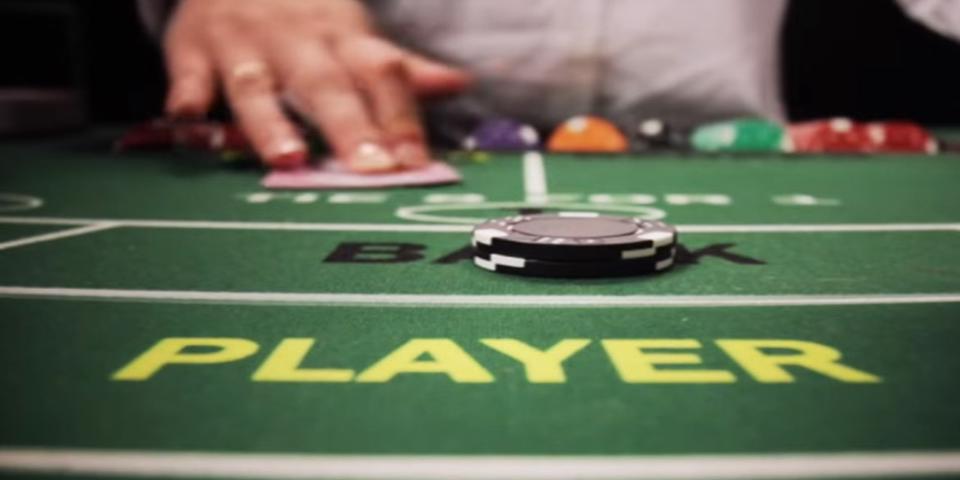
If you’re new to baccarat and want to keep your bankroll intact as long as possible with the best chance of coming out ahead, the strategy is very simple: bet with the Banker every time.
Forget solidarity with your fellow players. Forget betting on your friends. Forget betting on yourself. Just throw everyone under the bus and bet with the Banker.
There’s a reason a Banker win pays out 95% compared to 100% for a player win, which amounts to a 5% tax to the casino on your winnings. Otherwise, the edge would be with the bettor, not the house. Casinos don’t put games on their floors unless the house has an edge.
Why? Because the rules of baccarat skew toward the banker, making a Banker win the most likely outcome. Whereas a tie occurs 9.52% of the time, and a player win occurs 44.62% of the time, a banker win occurs 45.86% of the time.
If players were allowed to bet on the most likely outcome every time without a cushion for the casino, every player could bet on the Banker and wind up beating the casino. By taking 5% of the Banker-bet winnings, the casino maintains a house edge.
Still, it’s the smallest house edge at the baccarat table. The house maintains a 1.06% edge on bets with the Banker, meaning the more you bet at the baccarat table, the more likely you are to turn every $100 you bet into $98.40. If you catch a winning streak, you have more chances to “quit while you’re ahead.”
Compare that to the 1.24% house edge inherent in betting with the player. Still not bad odds compared to other casino games … but if you’re new to baccarat and want to keep your bankroll intact as long as possible, betting with the Banker is the way to go.
Why is a Banker Win the Most Likely Outcome?
The Banker is governed by more restrictive hitting rules than the player, giving the illusion that the player has the upper hand.
In reality, because the player’s hand is finished first, and because the Banker’s hitting rules are governed by the outcome of the player’s hit, the math actually tilts slightly in favor of the Banker.
Betting Strategies
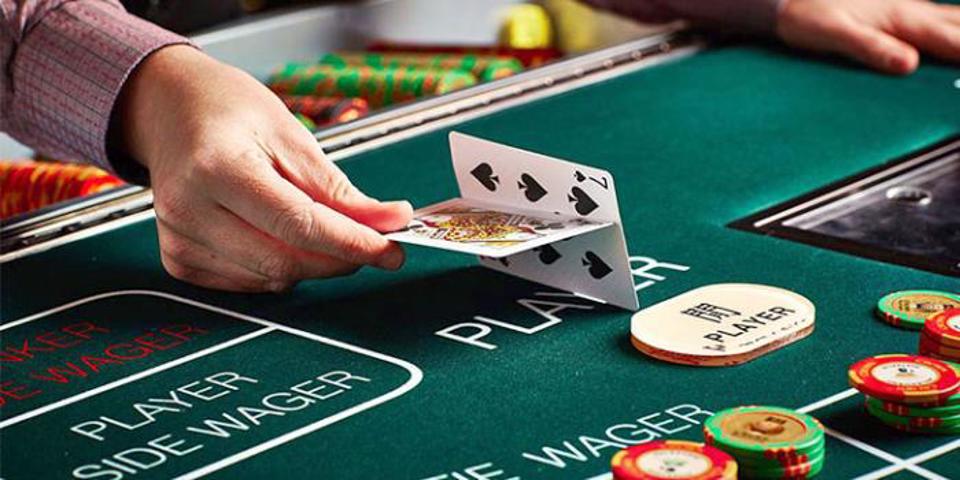
What, if any, of the recognized betting systems should you use when wagering on baccarat? The most popular baccarat betting strategy is the Martingale System … but other options are worthy of consideration as well.
The Martingale System
The Martingale System might have gotten its name because British casino owner John Martingale used to sing this negative progressive strategy into his player’s ears … like a nightingale, one might say. Or maybe not.
The avaricious casino magnate encouraged his players to use this system, claiming it was a “no-lose” proposition. It’s worth noting that money-hungry Mr. Martingale never used the system to bet himself.
Still, the Martingale System is mathematically sound and particularly well suited for a game like baccarat where a win is likely to double the player’s bet.
Here’s how it works: every time you lose, you double your bet. That way, if you catch even one win, you wind up ahead by the exact amount of your first bet.
Say you bet $100 and lose. You’re $100 in. Bet $200. If you win, you’re in for $300 but your bankroll is now $400—$100 ahead of what you put in.
If you lose the second time, double your bet again to $400. Now you’re $700 in … but if you win, your bankroll is $800 … again, $100 ahead!
There are a few problems with this strategy. First, we applied it to three hands. At a normal or mini baccarat table, that may be as far as you go. Baccarat tables have a betting limit. You might be limited to $300-$400 bets on mini baccarat tables, and $500 on standard baccarat tables. At $400, you’re pushing that betting limit. If you lose all three bets, the strategy breaks down and you’re no longer likely to come out ahead.
Some VIP tables may allow bets up to $1,000, but if you lose on the maximum bet, you’re basically screwed.
Second, you can probably tell from this math that the hypothetical player in question is betting on the player, which pays out 100%.
By betting on the Banker, you’re more likely to eke out a win, but the payout is only 95%.
Still, if you can catch a win three or four hands in, you are still likely to come out ahead.
Say you bet $100 on the Banker and lose. Then you bet $200 on the Banker and lose. On your third bet of $400 on the Banker, you win. You’re in for $700, but your bankroll is $780—not as good as if you were betting on the player, but with better odds, and still ahead!
Lastly, by doubling your bet every time, you go through your bankroll quickly. This betting strategy goes hand in hand with the baccarat table’s reputation as a playground for the wealthy.
The Fibonacci System
The Fibonacci System uses the Fibonacci Sequence.
First recorded in ancient Indian texts, the Fibonacci sequence of numbers (0, 1, 1, 2, 3, 5, 8, 13, 21, 34, 55, 89, 144, 233, 377) got its name from 14th-Century mathematician Leonardo of Pisa, also known as Fibonacci–well, we don’t know why either!–who reintroduced it into popular consciousness.
The Fibonacci sequence looks a little nonsensical but is practically mystical in its relevance. For no discernible reason, it appears repeatedly in natural phenomena—the breeding patterns of rabbits, the number of petals on a flower, the dimensions of a perfect spiral.
To apply this mystical number system to your bets, start with one betting unit (say, $100) and apply a negative progressive betting pattern. Every time you lose, multiply your bet by the next number in the Fibonacci sequence. 1x for the first two losses (i.e. the same bet), then 2x, then 3x, then 5x, then 8x, etc.
Like the Martingale System, this system increases your chances of coming out ahead even after a losing streak. It’s also friendlier to a smaller bankroll early on and increases exponentially, as (hopefully) does your bankroll. However, the big multipliers will butt up against those baccarat tables betting limits of $300-$500 quite quickly.
The Paroli System
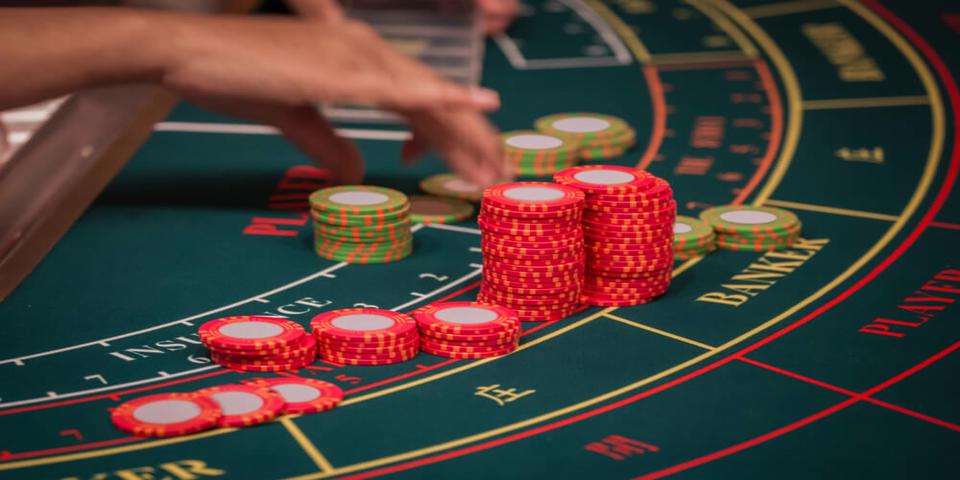
A variation of “Parlay,” the Paroli System shares the Latin route “par,” as in “parity” or “comparable.”
Dating back to the 16th Century, this progressive betting system works as follows: you double your bet after every win until you achieve three wins in a row. Keep the same bet if you lose. If you hit a winning streak, increase your bet even more; for a losing streak, decrease your bet.
The Paroli System has a reputation for being stable. It’s also easy to apply even with a small bankroll, since you only increase your bet if you win.
The downside of the Paroli System is that a losing streak is more likely than a winning streak, considering the house edge. However, baccarat has the lowest house edge of any table game in the casino. If you are looking for a betting strategy to stick to at the baccarat table and your bankroll is limited, you could do a lot worse than the Paroli System.
The Labouchere System
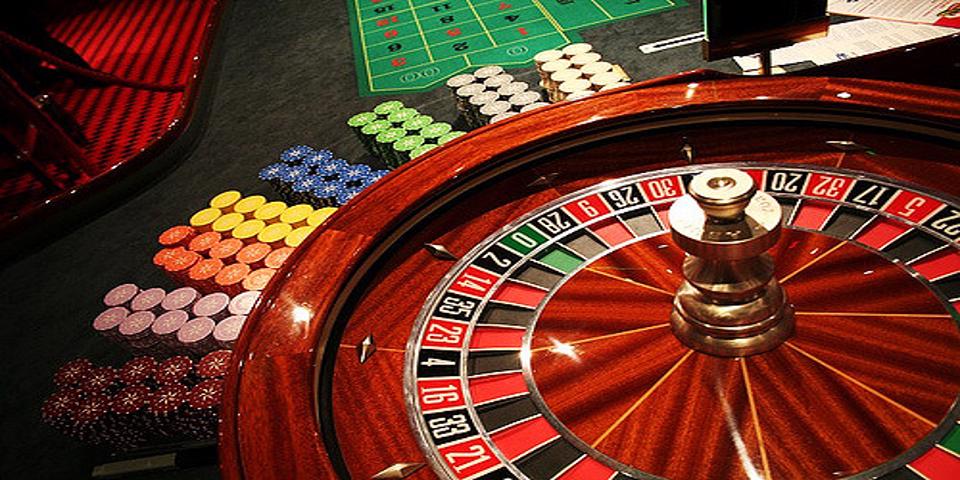
This complicated betting system is also known as the American Progressive System, Cancellation System, or Reverse Martingale System. Despite its complications, it is popular the world over.
As a negative betting strategy, you increase your bet after losses. Unlike the Martingale system, the goal isn’t to recoup your whole loss with one win, but rather with multiple wins.
In this system, the player identifies a desired amount of money (s)he wants to win and makes a list of sequential numbers adding up to this amount. For example, if a player wants to win $10, the list might be 1, 2, 3, 4 (totalling 10).
The player bets the sum of the first and last number (1+4, or $5, in this case). If (s)he wins, the first and last numbers are removed, so the list becomes 2, 3. The next bet would be $5 (2+3).
If the player loses, the amount lost ($5) is added to the end of the list. Now the list is 1, 2, 3, 4, 5. The next bet would be $6 (1+5).
The more the player wins, the faster (s)he completes the list, since two numbers are removed for every win compared to one number added per list. When all numbers are removed from the list, the player has won the desired amount.
The Labouchere System is one of the most popular betting systems for baccarat. Like other negative progressive systems, it requires a vast bankroll.
The Doubles System
The Doubles Strategy works for baccarat since you can place multiple bets. It involves placing bets on two different outcomes (bet on two different players, the Banker on two different hands, etc.) and applying any winnings on the first bet to stake an immediate second bet.
This betting system is risky, but has the potential to significantly outpace the house edge if both bets win.
How to Handle Your Bankroll
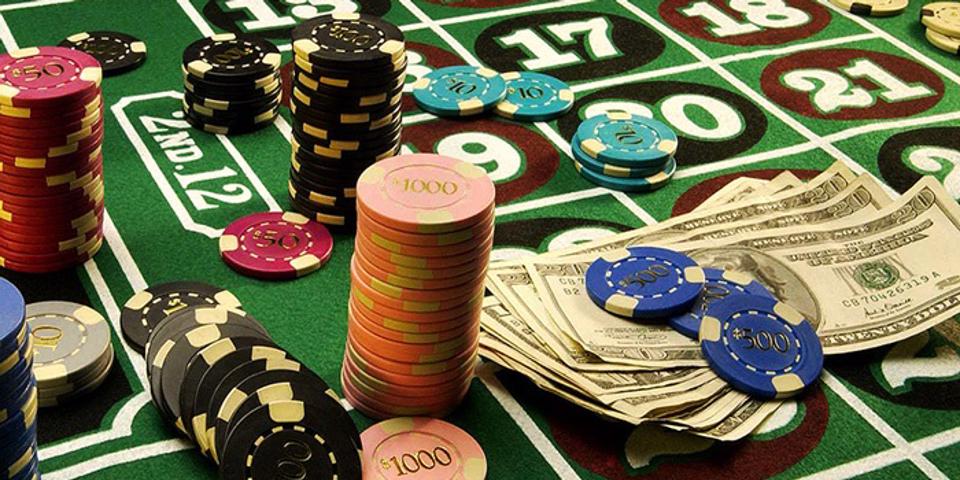
Baccarat is considered a “high-roller” game. Relatively large quantities of cash can be won or lost very quickly.
Players with a bottomless bankroll may bet as they please, but even wealthy players should consider applying principles of bankroll management to every baccarat session.
If you are playing baccarat online, consider using the online casino’s demo mode to get a sense of the gameplay and sample betting strategies before you put real money on the line.
Two popular bankroll-management strategies include …
The Pocket Trick
The Pocket Trick is a simple bankroll management strategy that involves only betting the exact amount you are willing to lose over the course of the play session.
The name implies that you sort your money into two pants pockets. Of course, at a real land-based casino, you would most likely deposit cash at the cage and get chips, so picture two pockets for the chips. One pocket contains the maximum amount you are willing to lose. You bet from this pocket. Whenever you bet—whether you win or lose—your betting pocket becomes less full.
The other pocket is for your winnings; you put the entire return in the winnings pocket. You do not bet from the winnings pocket.
When your betting pocket is empty, the gambling session is over. You may have a windfall profit, some percentage of your initial bankroll, or nothing at all in the winnings pocket. It doesn’t matter if you come out ahead or behind—you haven’t lost more than you decided from the start you were willing to lose.
Of course, who wants to quit when they’re winning? If you exhaust your betting pocket with a full winnings pocket, you can always reassess and start over.
Loss/Win Limits
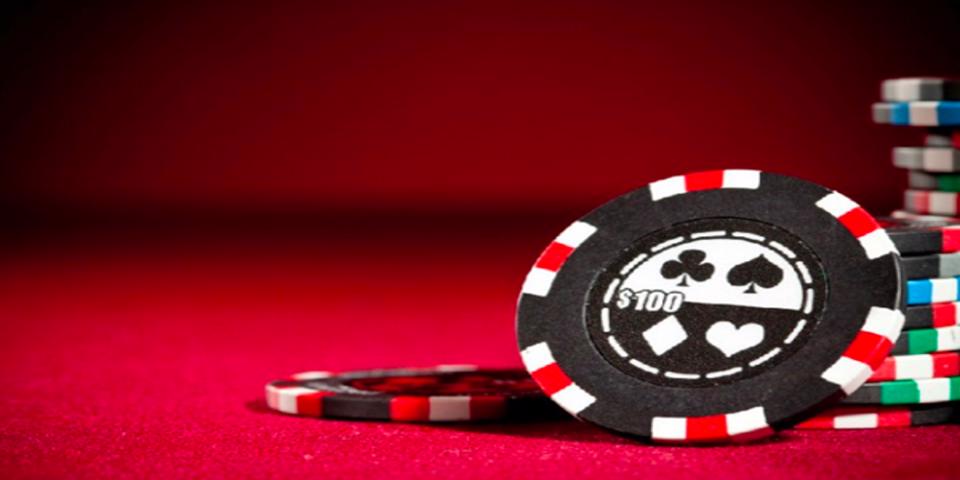
Another easy way to manage your bankroll is to set a limit on the amount you are willing to lose … and the amount you are willing to win.
The “loss limit” is easy to understand. If you have a bankroll of $1,000, maybe you’re only willing to lose $500. Once you hit that loss limit, the playing session is over.
The “win limit” is a little more subtle. Why would you stop if you are winning? Are you insane?
Well, because… digest what comes next. A casino’s “house edge” exists because the casino knows that it will win that much money over the course of all the hands, spins, rolls etc. played on that game. It doesn’t matter if it comes from one player or a hundred players … the casino will pocket their house edge come what may.
The goal of a “win limit” is to make sure that profit doesn’t come from you. It’s called quitting while you’re ahead. You might “feel lucky” or “on a winning streak,” but the reality is that the numbers favor the players, and the more hands you play, the more likely you are to fall behind.
Why not celebrate a small win—say, leaving the table if you are up to $100, $500, whatever number you decide—and call it “dinner on the house?” For most players, a night at the casino is best understood as a lark, not an investment strategy.
Different Versions of Baccarat
Baccarat is played around the world in several variations …
Chemin de Fer
“Chemin de Fer” is the French word for “railroad,” the name coming from the faster pace of this variation. Chemin de Fer retains the rule where the Banker roll rotates among the players and moves counterclockwise around the table.
The designated Banker of each round places a wager. The other players (designated as “punters”) decide whether one of them will match the bet or “go bank.” If no players go bank, the players may wager up to the amount of the bank bet. If their total wagers do not match the bank bet, bystanders may wager until the total punter wager matches the bank bet.
Cards are dealt face-down, with the highest-wagering punter representing the group in a one-on-one deal against the Banker.
Baccarat Banque

This version of baccarat is similar to Chemin de Fer—the highest-betting player goes head-to-head with the bank in a bid for everyone’s wager. However, the role of Banker does not pass from player to player. Rather, the Banker is an employee of the house, as with Baccarat Punto Banco.
Mini Baccarat
Mini Baccarat is similar to Baccarat Punto Banco, but is played on a smaller table, no bigger than a blackjack table. Mini Baccarat is a “main casino floor” version of the game, whereas the larger, stately full baccarat table is usually sequestered in a VIP gaming room, befitting its high-roller status.
Mini-Baccarat typically features smaller minimum bets and betting limits.




